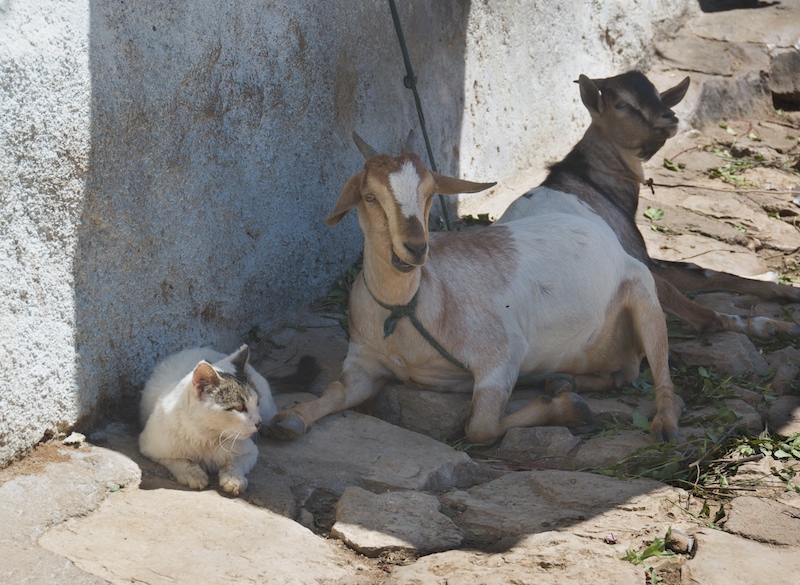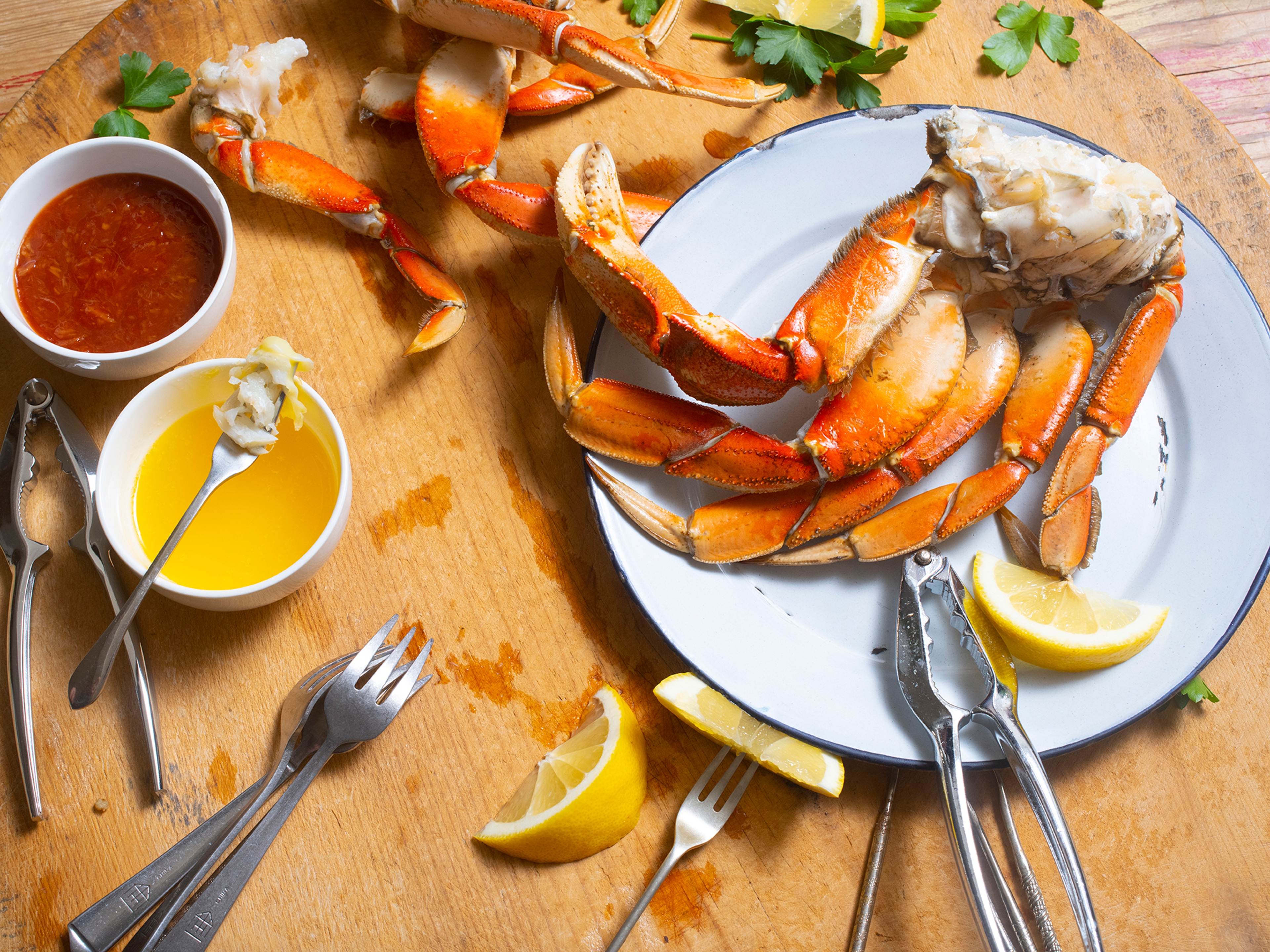How Bonobo Apes Show Us It’s Natural to Be Kind
Watching bonobos - a kind of great ape that, along with chimpanzees, are our nearest relatives - offers clues to the origin of human kindness.
Sep 01, 2022
Bonobo apes, close relatives of chimpanzees that dwell along the Congo River in Central Africa, are a notable exception to the idea that nature is inherently “red in tooth and claw."
They are highly cooperative and generous to strangers.
These same instincts, scientists argue, gave Homo sapiens an edge over other early humanoids like Homo erectus—and led over time to shared tools, agriculture, religion, the arts, and eventually modern science.
Our virtue is built into our successful history. Or, to put it another way, it's natural, and wise, to be kind.
The Difference between Bonobos and Chimpanzees
Bonobos and chimpanzees share 98.7 percent of their DNA with us and even more with each other. Human beings, who split from the bonobo and chimp lines about five million years ago, apparently have traits common to both species.

But bonobos and chimps are like the two siblings in your family who seemed destined (or determined?) to be as different from each other as possible.
Chimps are muscular, cunning, and competitive, led by alpha males who brutally attack rivals. They are, I might suggest, the model for today's “toxic workplaces."
Bonobos, more slender, are cooperative, and led by women. At Lola ya Bonobo, an enclave in the Congo, an ape named Semendua rules, though she's not as big as many of the males. Typically, if any male challenged her, all the females would rally around her to chase him away.
Bonobos are generous, too. When scientists give a bonobo an alluring plate of bananas or apples, topped with cream, a female will use a special key to let in a friend in an adjacent room, offering to share. Bonobos will even help another bonobo get food that they won't enjoy themselves.
Dogs, dolphins, and rats (yes, rats help each other) are examples of social species in which members rely on each other for survival. This interdependence led to altruism: I'll scratch your back in case one day I need you to scratch mine.
But this emphasis on the group means it is rare to see social animals caring for strangers. Bonobos are the exception. In the experiment with the cream-topped fruit plate, if a stranger bonobo is also present, a bonobo usually shares with the stranger first. Only then, the bonobo invites the neighbor to join.
Bonobos Adopt Orphaned Strangers
This year, researchers saw supermom bonobos go even further, adopting infants from other groups.
At Luo Scientific Reserve in the Congo, Marie was already caring for two infants when she adopted Flora, who had facial features and color patterns that identified her as different. She carried and breastfed Flora while grooming all three.
Chio, who adopted an orphan who also came from a different group, was estimated to be in her mid-50s.

These are impressive feats of mothering. Chimpanzees, on the other hand, are usually hostile to strange infants and even kill them. They adopt siblings and unrelated orphans only from within their group.
The Animal Roots of Empathy
Research on empathy in social animals focuses on their behavior after witnessing a fight. Although bystanders tend not to intervene in conflicts, they do reach out to console victims afterwards. We see this in small human children, too.
Consoling or soothing has been documented in gorillas and chimps as well as bonobos, and in elephants, wolves, ravens, voles, and bottlenose dolphins.
For example, bottlenose dolphins who observe a fight tend to approach both victims and aggressors in a friendly way afterwards, rubbing against them or swimming in synchrony with them. A female might swim with her body in contact with another female, providing comfort and solidarity, especially in groups with many males.
How Human Culture Teaches Us to Act Like Bonobos
Because human beings embody a mix of chimp and bonobo traits, we need to be taught to share, especially with strangers. This is a core message of all great religions.
In the Qur'an, we read: “And do good unto your parents, and near of kin, and unto orphans, and the needy, and the neighbor from among your own people, and the neighbor who is a stranger, and the friend by your side, and the wayfarer…"
In ancient Hindu, it is said, “The guest is equivalent to God."
In the King James Bible, we read, “Love ye therefore the stranger: for ye were strangers in the land of Egypt."
And it is of course the first, core lesson we teach our children as toddlers and preschoolers: Caring is sharing.
Crossing the Species Line
This message perhaps explains why photos of unusual animal friendships across species are so wildly popular online. Sometimes you'll see a lion or elephant - species known for strong social relationships - bond with a dog, also a social species, when away from her own pride or herd.

Check out Bella the Labrador riding on the head of Bubbles, an African elephant.
But other behavior, like this rabbit nuzzling a deer, or this cat cozying up to a small dog, is harder to explain. We love to see the real-life version of the “Peaceable Kingdom," a mid-1800s vision of predators and prey at peace painted by the Quaker minister Edward Hicks.
Bonobos Are Us?
Within our species, human beings are more helpful than other social species in many ways. We adopt more children who don't look like us, for example, and are likely to intervene in conflicts. Although bullying, racism and xenophobia are part of our evolutionary heritage, so is encouragement, cooperation, and generosity, even to strangers.
Humans don't just console, but often intervene to help strangers. You may have read of a “bystander effect," which suggests that we're rubberneckers who won't help someone in distress if there's someone else to step in. That's old science.
In a 2020 study of 219 conflicts in Amsterdam, Lancaster, and Cape Town recorded on surveillance cameras, bystanders intervened in nine situations out of ten. In larger groups, you were more likely to get help, not less.
Why? Well, it's a complex mix of culture and genetics. Likely, we can give at least some thanks to our common ancestor shared with the bonobos.
For me, warm interactions with people who are different from me—of a different race, religion, class, or political persuasion—make me happy and confident in a unique way.
Get your bonobo on. It feels good.







